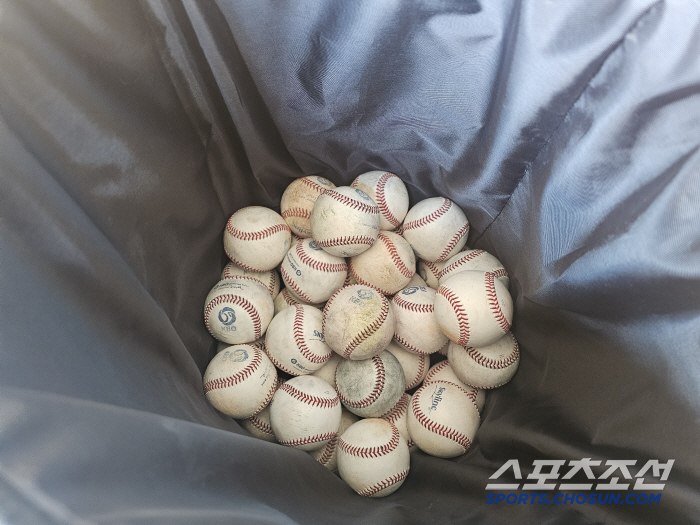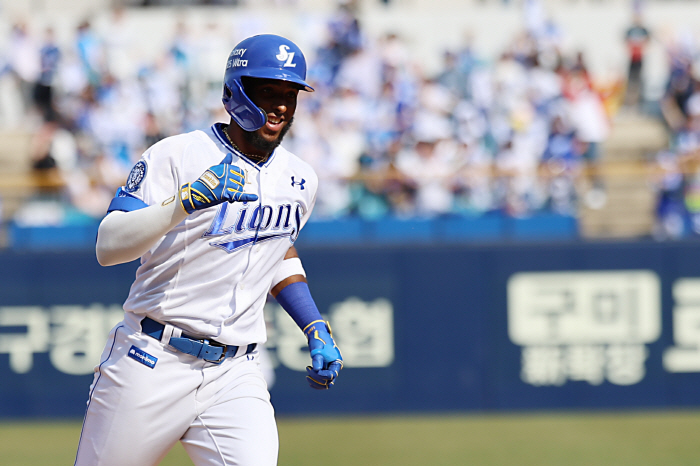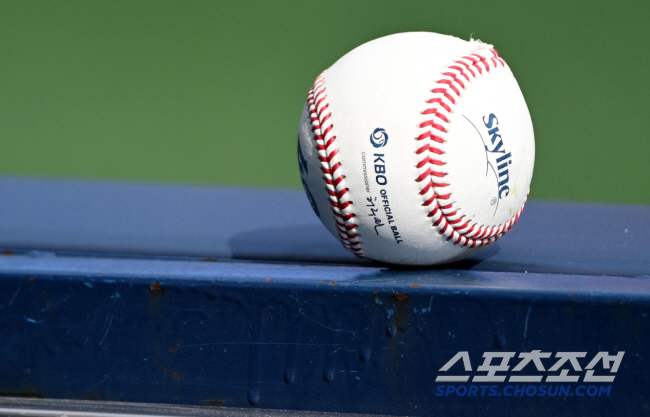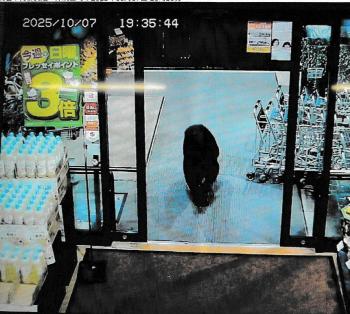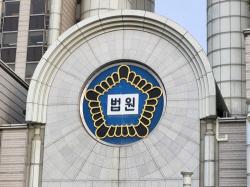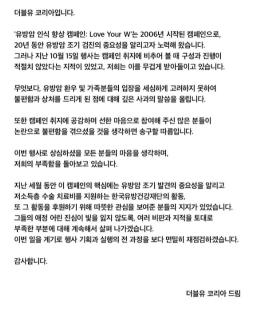1.7m disappeared, the rebound coefficient decreased, but the number of home runs increased? Most Home Run Face, Lapak Optical Illusion Effect? What about Jamsil?
Mar 25, 2025
|
2.5 per game, more than two per game last year, and 2.4 per game in 2018, the most home run season ever.
During last year's exhibition game, the players, who realized the increase in the repulsion of the official ball, said in unison "The repulsion of the ball has improved." Pitchers as well as hitters and defenders had a common reaction.
KBO conducts the first occasional test of a single game tool at the beginning of each season.
In early 2024, the rebound coefficient averaged 0.4208. It met the acceptance criteria (0.4034 to 0.4234) at a high level. It was 0.0033 higher than the average rebound coefficient (0.4175) in 2023.
This season, the rebound coefficient of official ball decreased significantly.
According to the Korea Baseball Organization (KBO) on the 25th, the average rebound coefficient of the official ball in the 2025 season is 0.4123. It is 0.0085 lower than last year and 0.0052 lower than 2023. In general, it is known that a 0.001 increase increases the distance by about 20 cm. It is a repulsive force that can reduce the distance of about 1.7m from last year.
|
A number of estimates are possible.
First of all, two consecutive Samsung-Kium games were held at Lions Park in 'Home Run Factory', which was not held last year. Many home runs were made around Samsung, which came out with a customized lineup for home runs. In two days, a total of nine home runs from both teams poured in. As many as 37.5% of the 24 home runs in the opening two consecutive games were made in Rafak. However, seven home runs were also hit at Jamsil Stadium, where the LG-Lotte match was held. Unlike Rafak, the baseball stadium where home runs don't hit the most. LG, the home team alone, dominated seven games. Lotte didn't do a single thing.
There is also a possibility that the cold snap before the opening made it difficult for pitchers to control their condition during the last actual inspection.
The temperature rose significantly in the opening two consecutive games, which was warm, but the weather was very chilly about a week before the opening, when the starting pitchers who will play in the opening two consecutive games made a final check. I pushed ahead with the actual game because I had to throw it, but it was not effective, and there is a possibility that the body was slightly overstretched.
Another possibility cannot be ruled out that it is due to the lighter ball. As the weight of the ball becomes lighter than a certain level, the distance increases. Some people refer to the bat manufacturing process.
|
Until now, the change in repulsion of official balls and the number of home runs have been almost directly proportional. He has adjusted the number of home runs by repeating up and down.
KBO lowered the repulsion of the official ball as the number of 1,756 home runs (2.40 per game) in a single season in 2018, when the repulsion of the official ball was high at 0.4198.
It seemed to be decreasing to 1014 (1.41 per game) in 2019, but still a lot of home runs were followed by 1,363 (1.89 per game) in 2020 and 1,158 (1.61 per game) in 2021.
Special measures were taken ahead of 2022.
The official ball repulsion coefficient was lowered to 0.4061, close to the lowest standard. The number of home runs decreased slightly to 1,085 (1.51 per game). The aftermath continued into the following year.
In 2023, the number of home runs was 924 (1.28 per game), the fewest since 2015, when the 10-team system began. Hanwha's Noh Si-hwan ranked first as the only 30-homer hitter (31 home runs). There were only eight hitters with 20 home runs. It was the first season since 2015 to hit 20 single-digit home runs.
|
Home runs exploded in the aftermath of improved hitting skills, systematic weight training, and the first ABS zone. It was 1,438 (2 per game), with a whopping 0.72 more homers per game than a year ago. Since peaking in 2018, there have been the most home runs in the season.
Then, KBO lowered the rebound coefficient quite a lot again. However, in the opening two consecutive games, more home runs were made. How should we explain the strange phenomenon. Will the era of home runs, which began last year, continue throughout the season. I think we'll have to wait and see for a while.
◇The rebound coefficient and home run trend of official ball by year
Year = Total home run (average home run per game) = Average rebound coefficient of official ball = Note
2018 = 1756 (2.40 per game) = 0.4198 = Most home runs in a season ever=
2019 = 1014 (1.41) = 0.4105 (3rd round)=
2020 =1363 (1.89) = 0.4153=
2021 = 1158 (1.61) = 0.4190=
2022 =1085 (1.51) =0,4061=
2023 = 924 (1.28) = 0.4175 = the lowest home run since the system of 10 teams in 2015
2024 = 1438 (1.20 per game) = 0.4208 = Most home runs since 2019
2025 = Open 10 games 25 (2.5 per game) = 0.4123
This article was translated by Naver AI translator.
